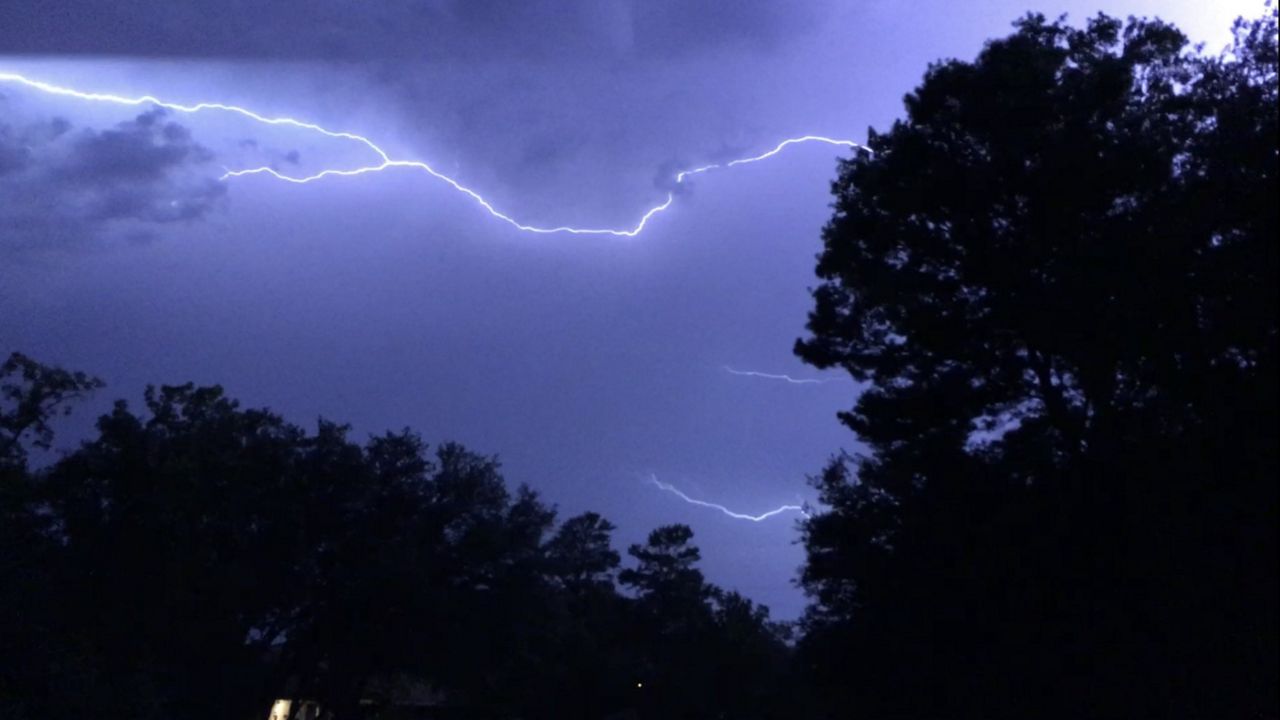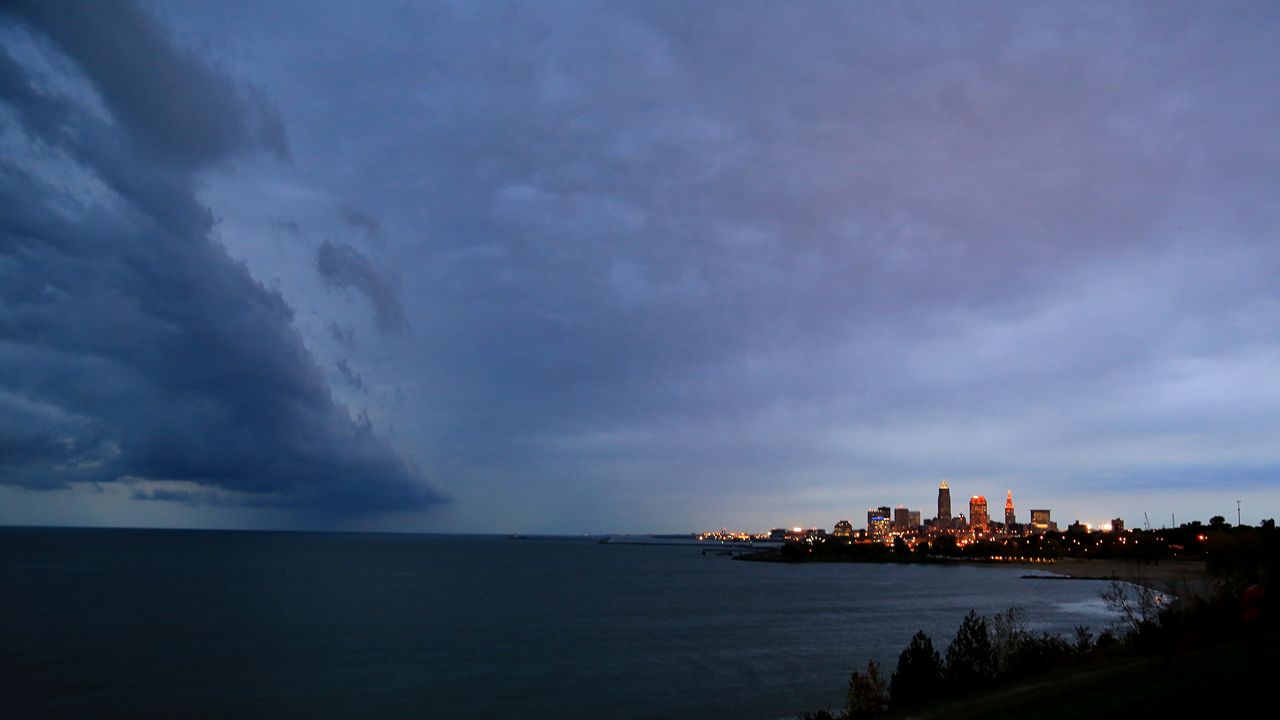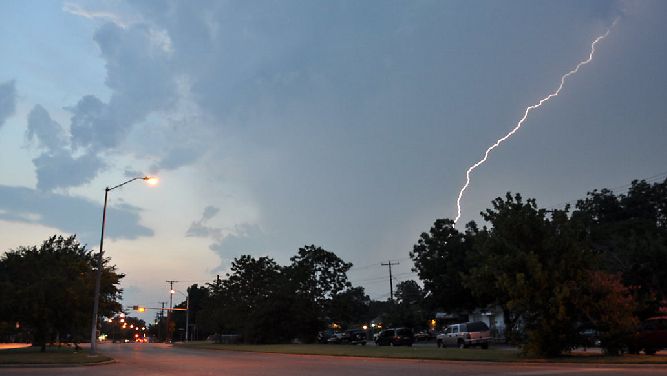CHIPPEWA LAKE, Ohio — Residents of Chippewa Lake have dealt with the lake closing periodically due to toxic algae blooms, but one group helped search for solutions.
“This area in particular, north of us, which is where the lake, the water flows from, historically has been a farming area,” Mark Krosse said, a founding member of the Save the Lake Coalition.
Krosse, just like many others in Chippewa Lake, said he lives on the water. He said through his role with the Save the Lake Coalition, he learned that farming upstream from the lake has caused issues for years.
“The application of fertilizer, the poor maintenance of septic systems, all contribute phosphorus into the water coming into the lake," he said.
He said algae needs phosphorus to continue to grow, and when you have too much phosphorus in the water, that’s when you start to have problems.
“Back in 2015, 2016, we discovered that we were having harmful algae blooms in the lake,” Krosse said. “We actually learned it from a satellite flyover.”
Krosse said algae blooms can be recognized by their smell and green scum on the surface. He said the blooms are toxic and can be harmful to pets and humans, so the lake would close when algae blooms were detected.
“I mean, one of the reasons why people live in the village is because of the lake," Krosse said. “So people were upset, couldn't take their kids swimming. They couldn't take boats out on the lake. So people were pretty upset.”
Krosse said residents decided to form a coalition to search for answers for the lake.
“Obviously, as residents and users of the lake, we got a little upset and formed the coalition to try to figure out what kind of agencies could help us,” he explained.
One of those agencies that has assisted with the lake is Blue Green Technologies, an Israeli company.
“We restore balance to the water body, that you never want to bleach and you don't want to turn a natural water source into a pool because, you know, on either end of the spectrum, both are bad,” explained Lucia Ross, CMO for Blue Green Technologies.
Ross said Blue Green studied the water for three days and then applied a specific formula to combat the blooms.
“You need to know exactly where to apply, when to apply, what time of day,” said Ross. “It's very precise, and we use as little of our treatment as possible.”
Krosse said the lake did show results from the treatment.
“Within 48 hours, we basically temporarily solved the problem. So since that, I think it's been about—this is about year three. The lake has been in very good shape. There have been no closures due to harmful algae,” he said.
According to Krosse, this is just a temporary fix to a larger issue. Spectrum News 1 reached out to the Medina County Park District about the issue and they agreed that treating the water with chemicals is just a Band-Aid.
“The cause of blooms is still there. Chippewa Lake has sediment that's rich with nutrients from generations of 'abuse' in the watershed. Nutrients are still entering the lake, too,” the district said in an email.
The district said it does regular water testing and checks satellite imagery from the U.S. Environmental Protection Agency to determine whether there are algal blooms. The district said it is planning restoration work to make conditions better permanently.










